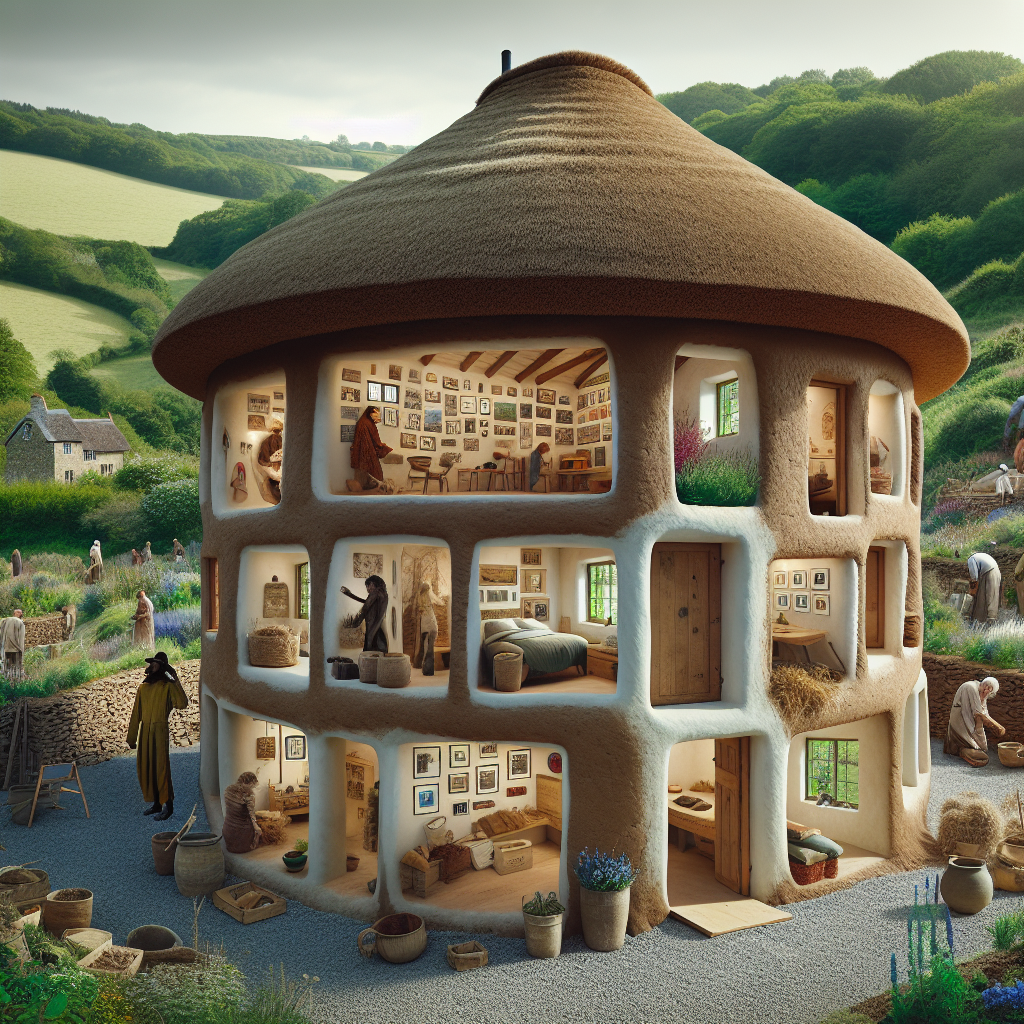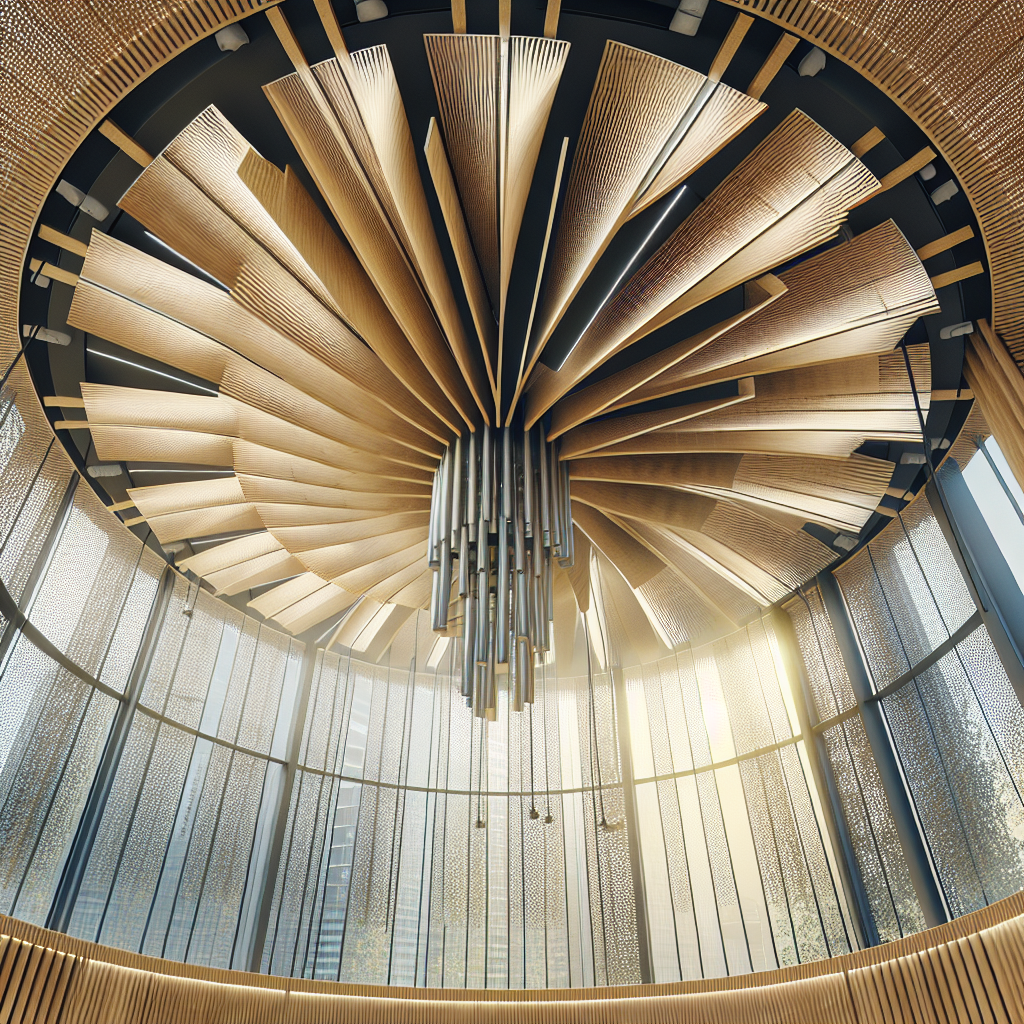Cob Houses: Examining the Return of Ancient Building Techniques

The Renaissance of Cob Houses: A Sustainable Ode to Ancient Building Wisdom
Amidst the clamor for sustainable living and eco-friendly practices, a quiet revolution is taking place in the world of architecture and design. The ancient technique of cob construction, a method as old as the hills, is experiencing a resurgence. With a renewed appreciation for its low environmental impact and enduring charm, cob houses are captivating the imagination of modern builders and dwellers alike.
Unearthing the Cob House: A Legacy of Earthen Architecture
Cob, a mixture of subsoil, water, fibrous organic material such as straw, and sometimes lime, forms the basic building material for cob houses. This technique, rooted in the most primal of construction methods, has sheltered humanity for millennia. Today, as the world grapples with the consequences of industrialization, the cob house stands as a testament to the genius of traditional craftsmanship. Its revival speaks volumes about our collective yearning for a return to authenticity and harmony with nature.
Why Cob? The Benefits of Earth as a Building Material
The allure of cob construction lies not only in its aesthetic appeal but also in its impressive ecological credentials. Cob houses boast thermal mass, which naturally regulates indoor temperatures, keeping interiors cool in summer and warm in winter. This passive climate control reduces the need for artificial heating and cooling, slashing energy consumption and carbon footprints. Moreover, the materials are often locally sourced, cutting down on transportation emissions and promoting local economies.
Furthermore, cob is remarkably pliable, lending itself to creative and organic shapes. This flexibility allows architects and builders to craft spaces that are not only functional but also imbued with a sense of artistry and individuality. Each cob house is unique, reflecting the hands that molded it and the landscape that cradles it.
The Aesthetics of Cob: Blending Tradition with Contemporary Design
The beauty of cob houses extends beyond their environmental benefits. There is a timeless elegance to these structures, with their curvaceous walls and deep-set windows. They evoke a connection to the earth that is often missing in modern construction. Contemporary designers are taking note, integrating cob into modern architectural projects that bridge the gap between past and present. The result is a harmonious blend of old-world charm and modern sensibilities, creating living spaces that are both innovative and deeply rooted in tradition.
The Challenges and Misconceptions Surrounding Cob Construction
Despite its many advantages, cob construction faces hurdles in the mainstream building industry. There are misconceptions about its durability and resistance to the elements. However, when properly maintained, cob houses can stand for centuries, as evidenced by the ancient cob structures still dotting landscapes around the world. Modern cob construction also incorporates advancements in waterproofing and foundation technology, ensuring these homes are as sturdy as they are sustainable.
Building with Cob: A Hands-On Approach to Home Creation
The process of building a cob house is labor-intensive and deeply personal. It requires a hands-on approach, where builders engage directly with the materials, shaping the home literally by hand. This tactile connection to the building process is a far cry from the impersonal assembly lines of conventional construction. It is an act of creation that imbues the final structure with a soulful quality, a reflection of the care and intention poured into every wall.
Cob Houses in the 21st Century: Sustainable Living for the Future
As we look to the future, cob houses represent more than a nod to the past; they are a beacon for sustainable living. In an era where green building practices are not just desirable but necessary, cob stands out as a solution that satisfies both ecological and aesthetic needs. By embracing this ancient technique, we are not only preserving a piece of our heritage but also paving the way for a more sustainable and thoughtful approach to our living spaces.
The resurgence of cob houses is a movement that aligns with the broader goals of environmental stewardship and social responsibility. It is a call to reconsider our relationship with the built environment and to seek out methods that respect the earth and its finite resources. In the embrace of cob, we find a convergence of beauty, utility, and sustainability that may just hold the key to a more balanced and resilient future.
Case Studies: Cob Houses Around the World
From the rolling hills of Devon, England, to the sun-kissed landscapes of California, cob houses are making their mark. These structures are not relics of the past but vibrant homes filled with life. They are community centers, private retreats, and testaments to the enduring appeal of natural building. Each one tells a story, a narrative of people choosing to live in a way that honors the earth and their place upon it.
As we continue to explore the potential of cob and other natural building techniques, we find ourselves at the intersection of innovation and tradition. It is here, in the melding of ancient wisdom with contemporary design, that we discover the true potential of architecture to inspire, to sustain, and to heal.
Embracing Cob: A Call to Action for Designers and Homeowners
The return of cob houses is more than a trend; it is a movement with profound implications for the future of design and architecture. For designers, it is an opportunity to explore the boundless possibilities of organic form and natural materials. For homeowners, it is a chance to participate in the creation of their living spaces, to build homes that are not just structures but sanctuaries.
Embracing cob is a call to action, an invitation to step into a world where homes are built with care, respect, and a deep understanding of the materials that make them. It is a journey back to the roots of human shelter, and a step forward into a future where those roots are honored and preserved.
As we forge ahead, let us carry with us the lessons of the cob house: that beauty lies in simplicity, that strength comes from the earth, and that the homes we build are a reflection of our values and our vision for the world.






